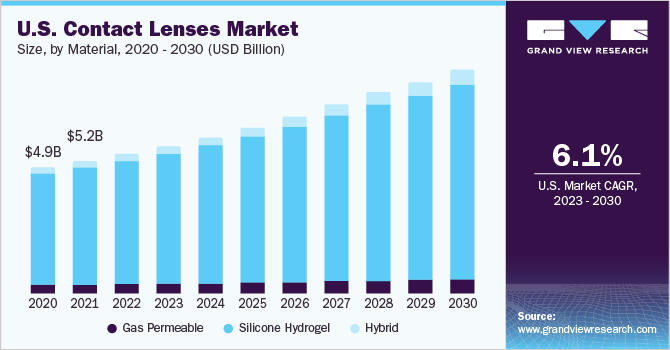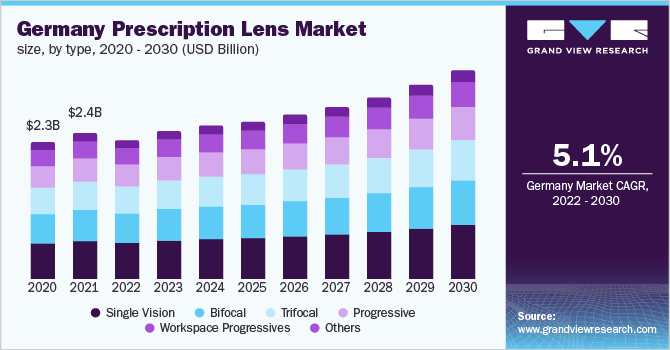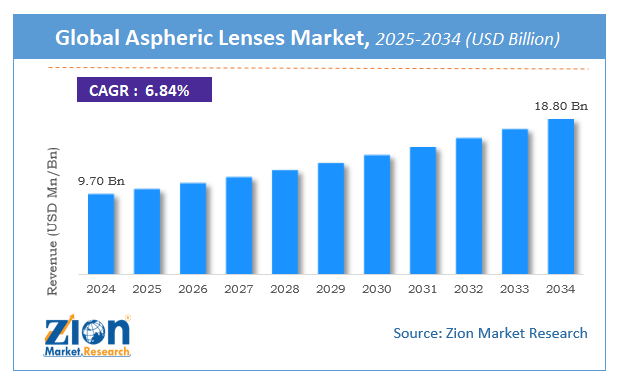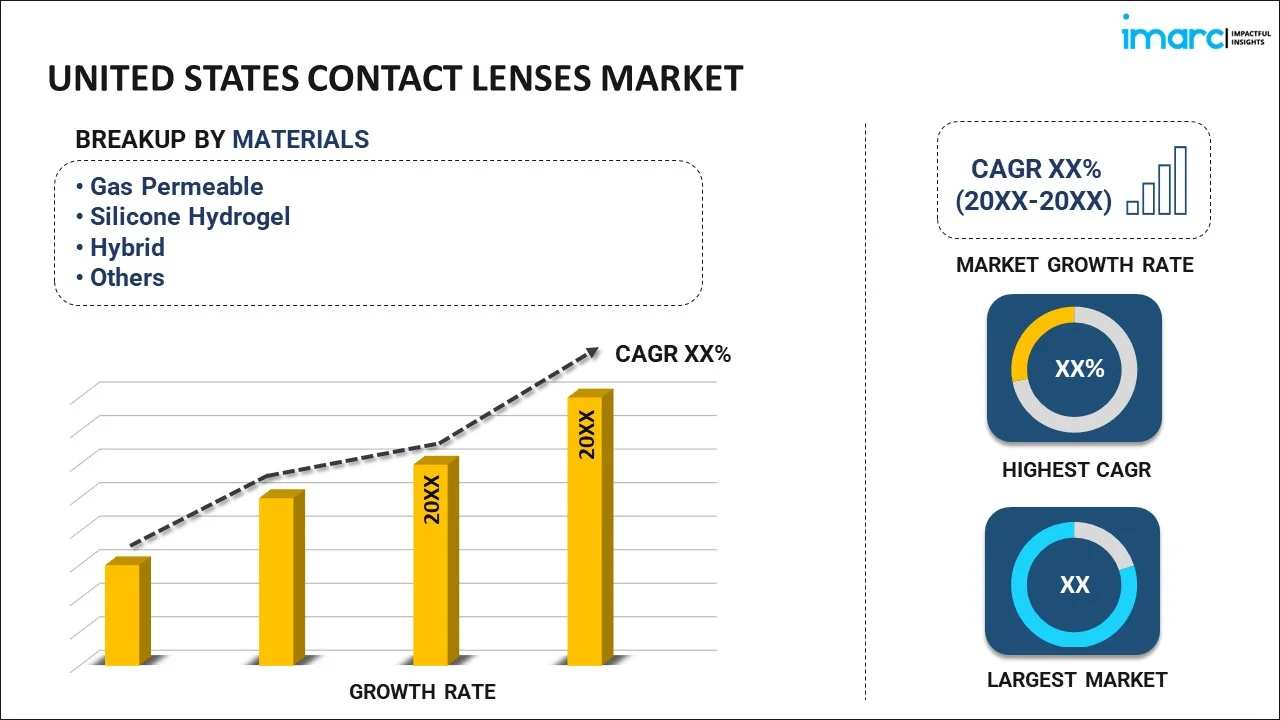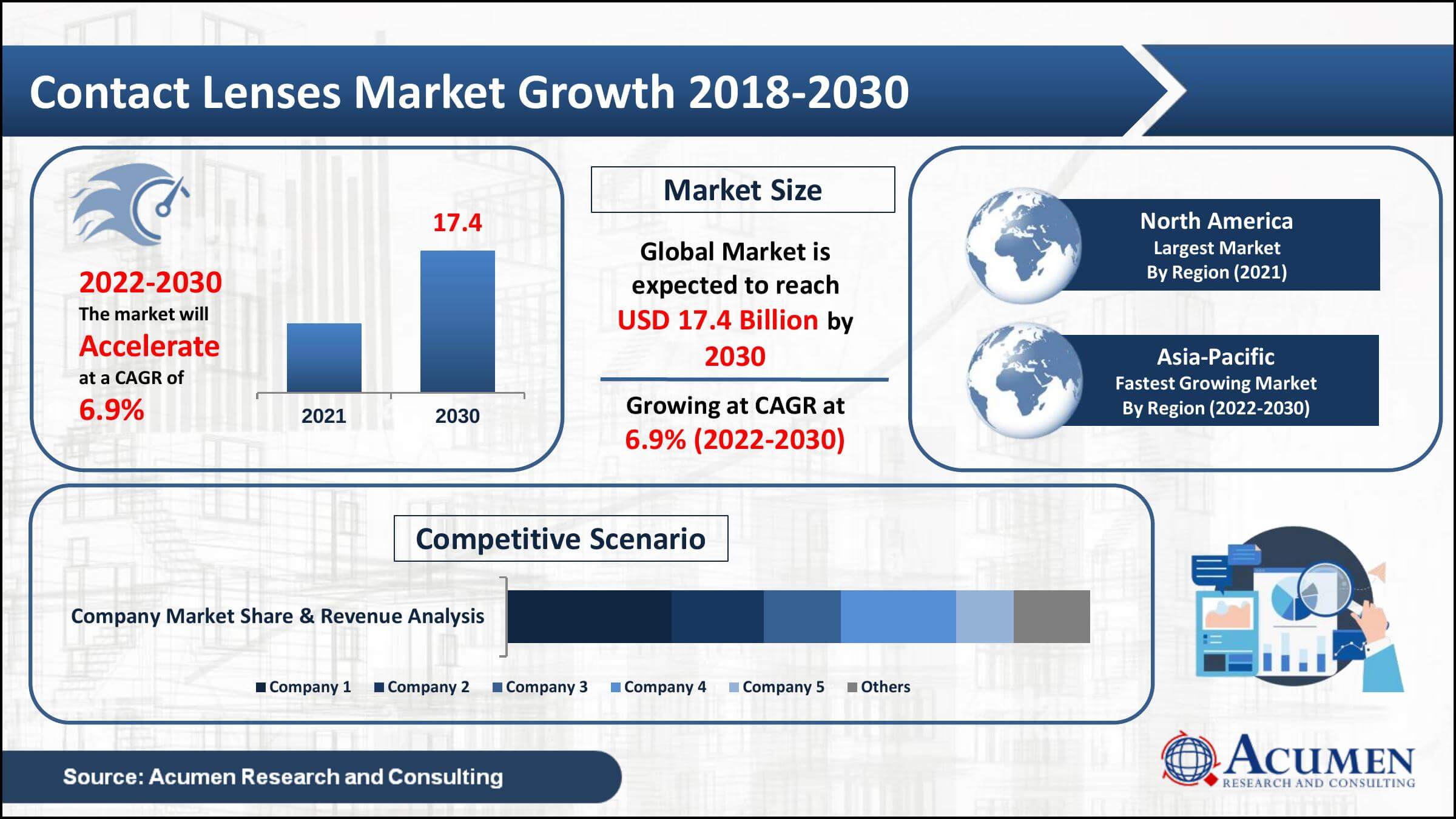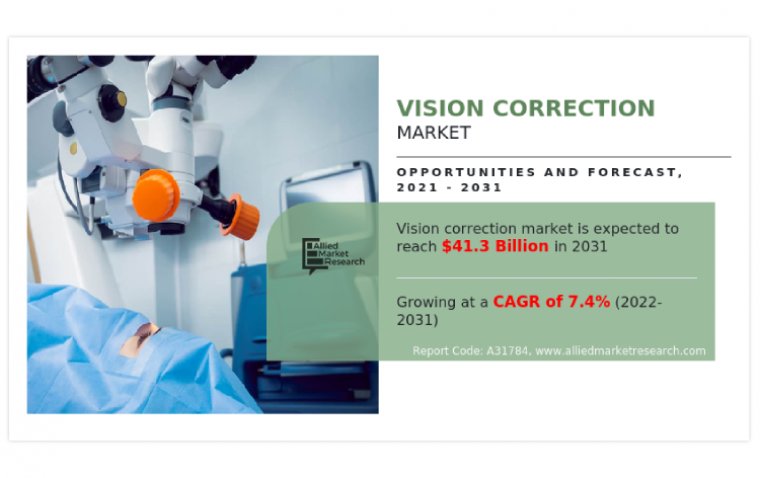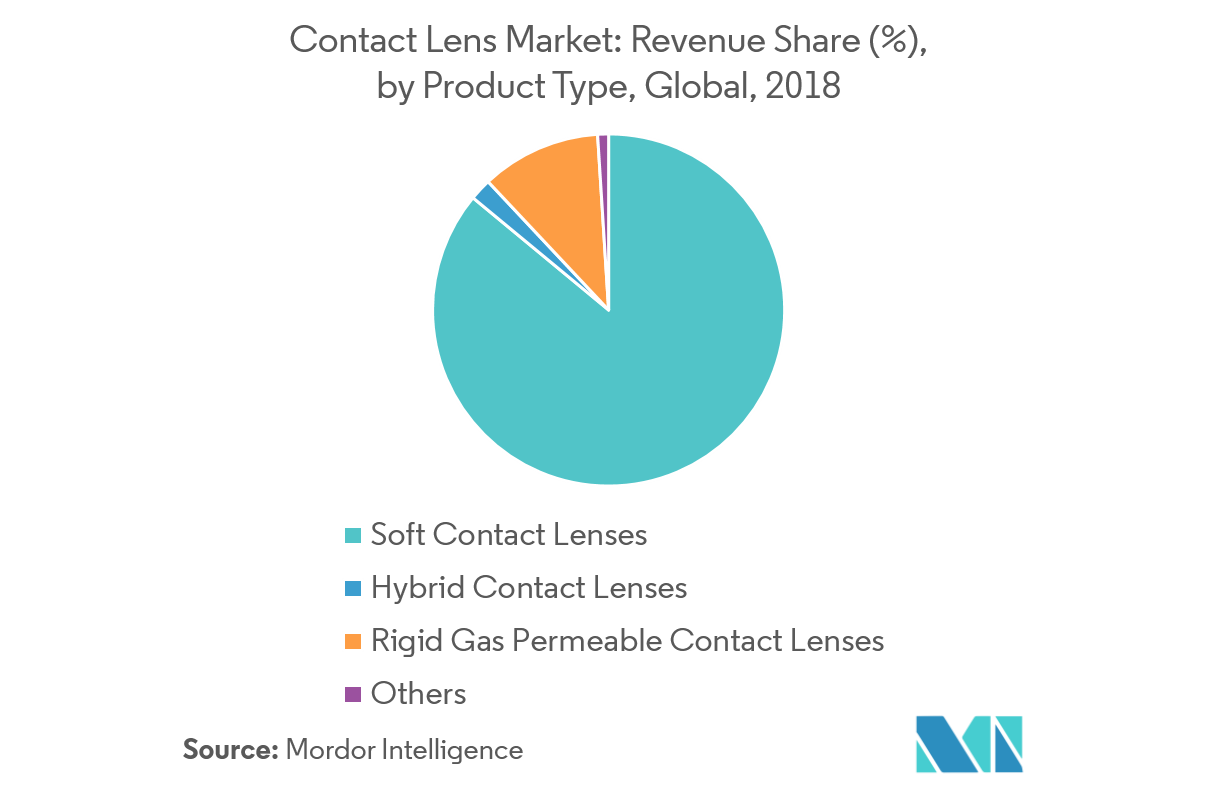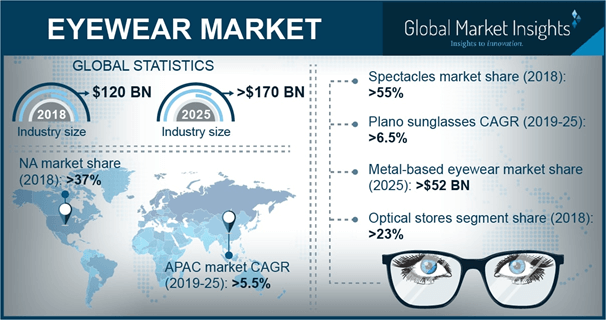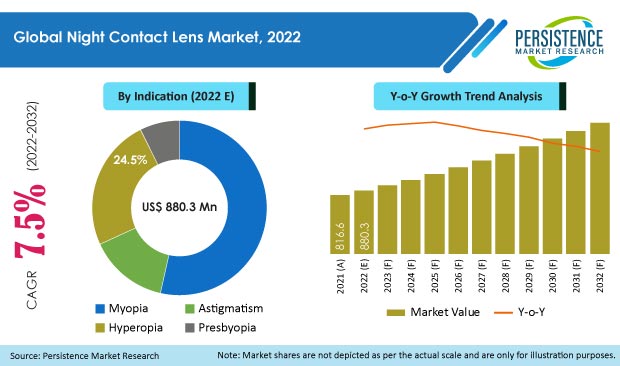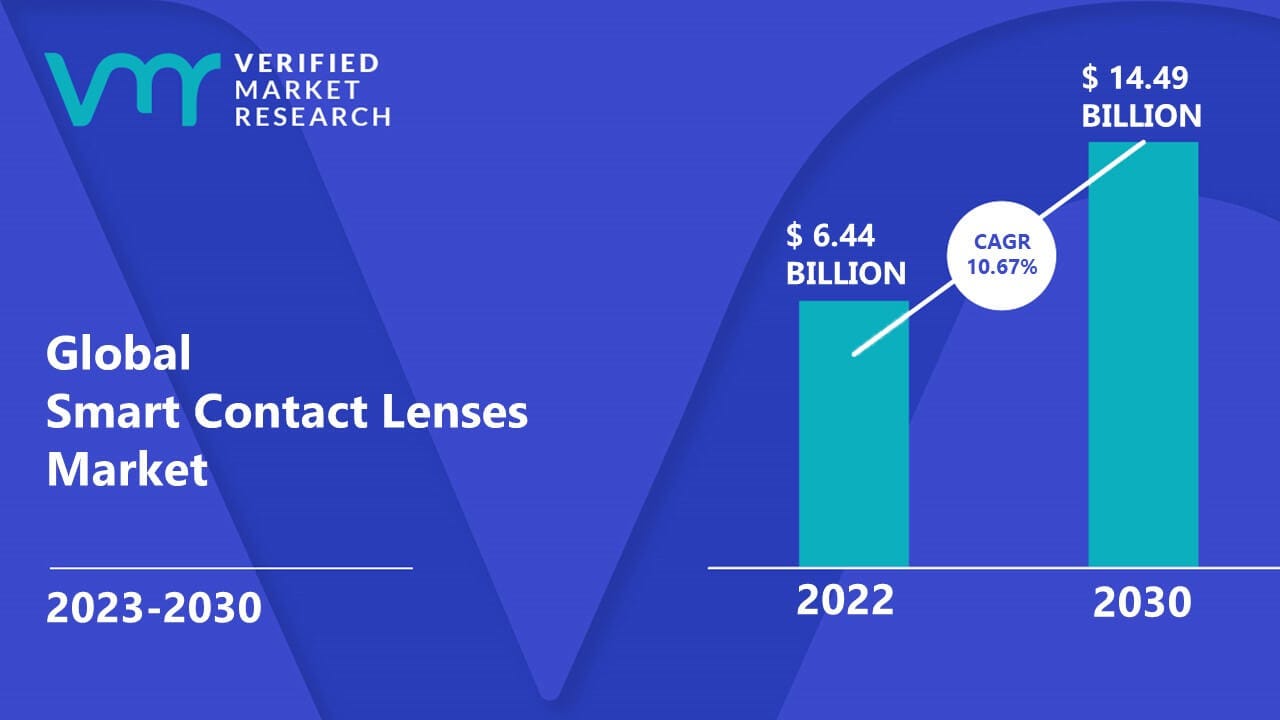U.s. Corrective Lenses Market Is Valued At Approximately $30 Billion
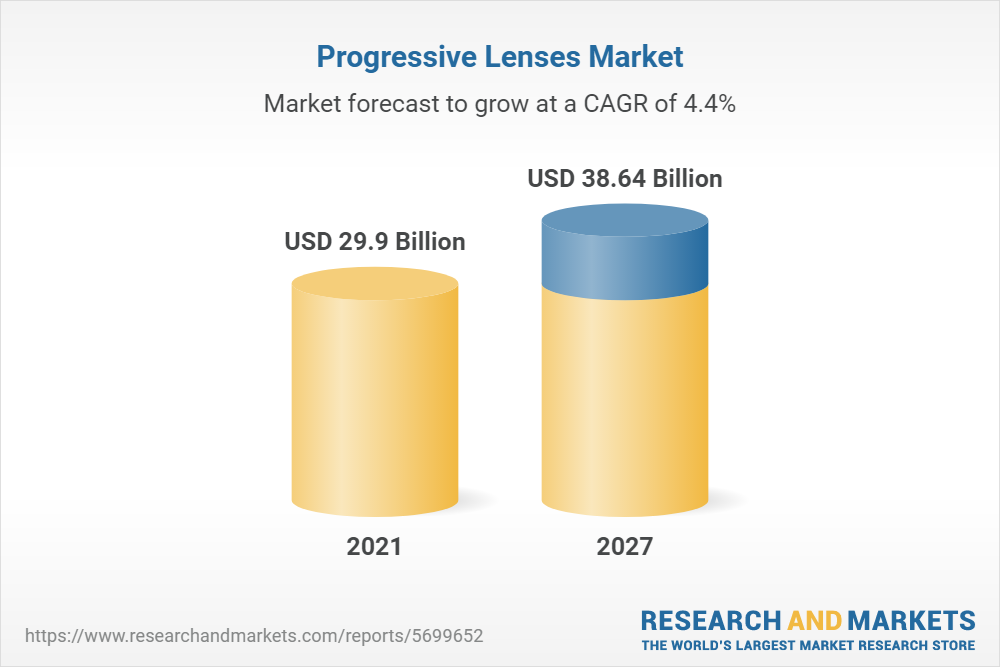
The U.S. market for corrective lenses, encompassing eyeglasses, contact lenses, and related products and services, is a substantial economic force, currently valued at approximately $30 billion. This robust valuation underscores the widespread need for vision correction across the American population and highlights the significant role the industry plays in healthcare and consumer spending. Market analysts predict continued growth, driven by an aging population, increasing awareness of vision health, and advancements in lens technology.
At the heart of this multi-billion dollar industry lies the basic human need for clear vision. The U.S. corrective lenses market encompasses not only the production and sale of eyeglasses and contact lenses, but also includes comprehensive eye exams, lens fitting services, and the various technologies and innovations shaping the future of vision correction.
Market Size and Segmentation
According to recent market research reports, the $30 billion valuation represents a comprehensive estimate of the entire sector. This figure includes sales from major optical retailers, independent optometrists and ophthalmologists, online vendors, and manufacturers of lens materials and equipment.
The market is broadly segmented into two primary categories: eyeglasses and contact lenses. Eyeglasses typically account for a larger share of the market revenue, driven by a wider range of frames and lens options, including single vision, bifocal, and progressive lenses.
Contact lenses, on the other hand, offer a more discreet and convenient alternative for many individuals. The contact lens segment is further divided into daily disposables, bi-weekly lenses, monthly lenses, and specialty lenses for specific conditions like astigmatism or presbyopia.
Key Market Drivers
Several factors contribute to the substantial size and continued growth of the U.S. corrective lenses market. An aging population is a significant driver, as age-related vision problems like presbyopia (difficulty focusing on near objects) become more prevalent with age.
Increasing awareness of the importance of regular eye exams and vision health also plays a crucial role. Public health campaigns and educational initiatives have encouraged more people to seek professional eye care, leading to earlier detection and correction of vision problems.
Technological advancements in lens materials and designs are also fueling market growth. High-index lenses, anti-reflective coatings, and photochromic lenses offer improved visual clarity, comfort, and durability, driving consumer demand.
Major Players and Competitive Landscape
The U.S. corrective lenses market is characterized by a mix of large multinational corporations, smaller independent businesses, and online retailers. Major players in the eyeglasses segment include Luxottica, Essilor, and Safilo, which own or license a vast portfolio of popular eyewear brands.
In the contact lens segment, Johnson & Johnson Vision, Alcon, and Bausch + Lomb are among the leading manufacturers. These companies invest heavily in research and development to introduce new and innovative contact lens products.
The rise of online retailers like Warby Parker and Zenni Optical has disrupted the traditional eyewear market, offering consumers more affordable options and greater convenience. These online platforms have gained significant market share by providing virtual try-on tools and direct-to-consumer pricing.
Impact on Consumers and Society
The availability of affordable and effective corrective lenses has a profound impact on individuals and society as a whole. Clear vision is essential for learning, working, driving, and participating in everyday activities.
Corrective lenses improve the quality of life for millions of Americans by enabling them to see clearly and comfortably. Access to vision correction can enhance academic performance, increase productivity in the workplace, and improve overall well-being.
The U.S. corrective lenses market also contributes significantly to the economy, generating jobs in manufacturing, retail, and healthcare. The industry supports a network of optometrists, ophthalmologists, opticians, and other vision care professionals.
The Future of the Market
The U.S. corrective lenses market is expected to continue growing in the coming years, driven by demographic trends, technological advancements, and increasing awareness of vision health. The development of new lens materials and designs, such as customized lenses and lenses that can correct multiple vision problems simultaneously, will further drive market growth.
The increasing prevalence of digital eye strain, caused by prolonged use of computers and smartphones, is also expected to fuel demand for corrective lenses designed to reduce eye fatigue and improve visual comfort. Innovations like blue light filtering lenses are becoming increasingly popular among consumers.
Furthermore, the integration of technology into eyewear, such as smart glasses with built-in displays and sensors, has the potential to transform the corrective lenses market. These devices could offer a range of features beyond vision correction, including augmented reality, fitness tracking, and communication capabilities.
